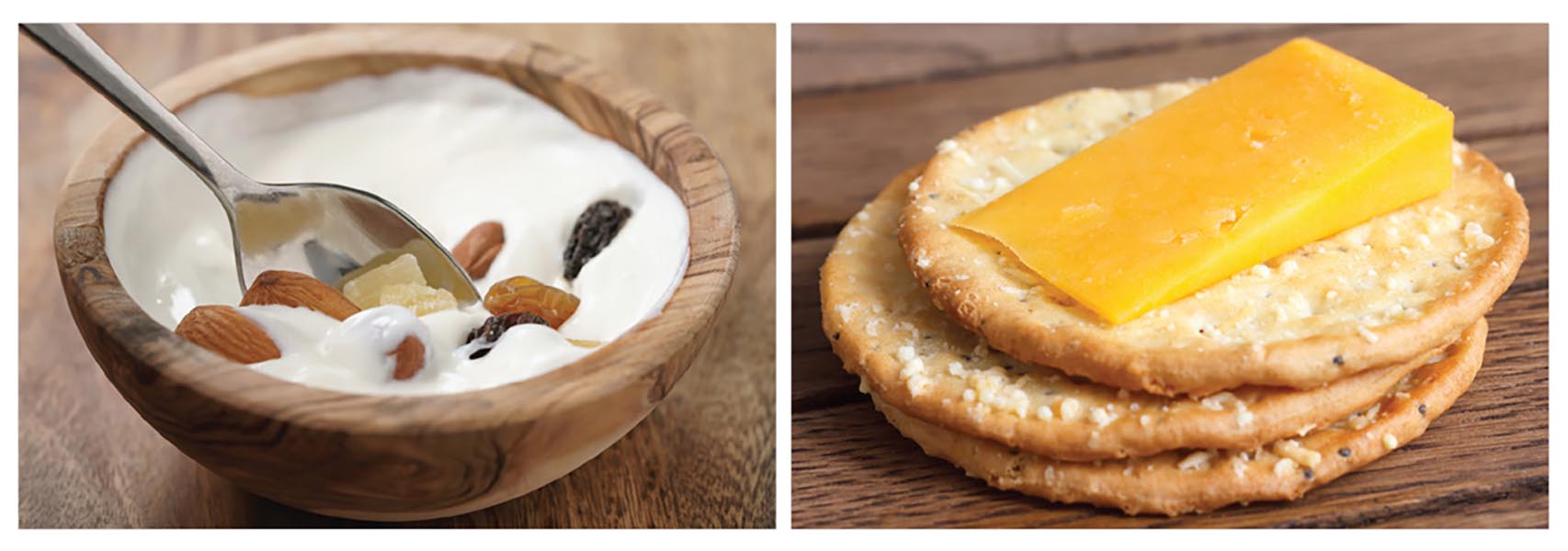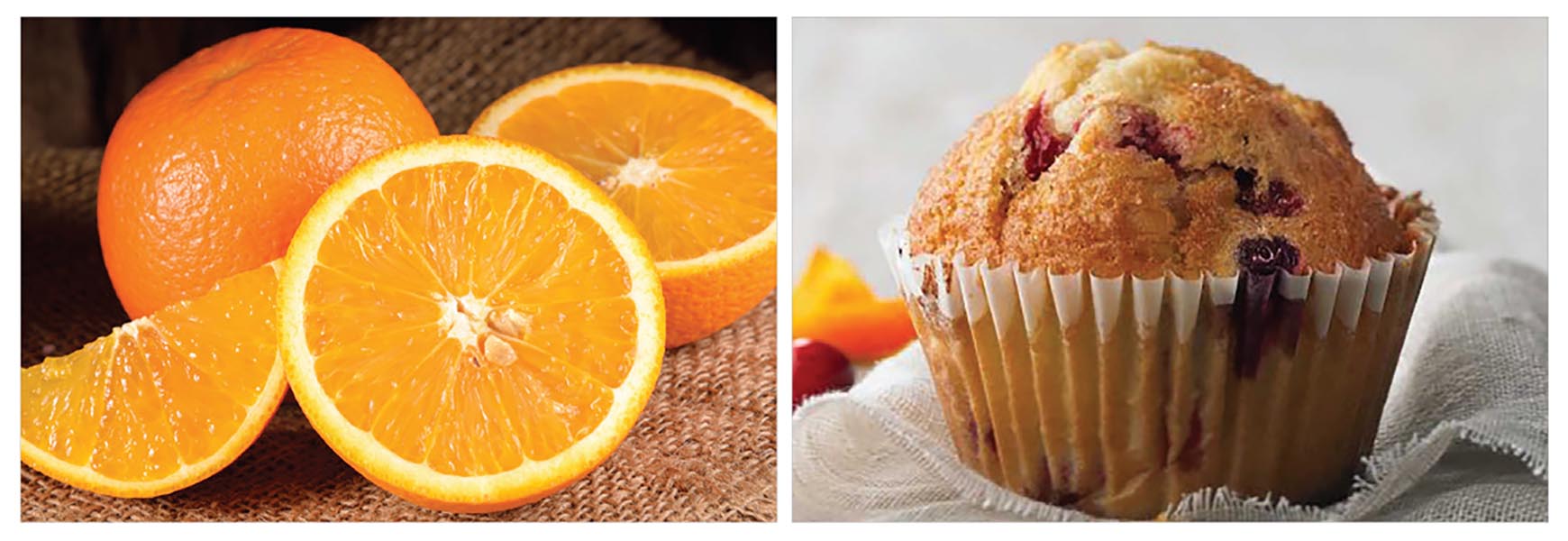Saturated fat and added sugars aren't doing your midsection any favors

Are some fats in foods more likely to end up as harmful visceral fat than as less-harmful subcutaneous fat?
Testing saturated vs. unsaturated fats
To find out, Ulf Risérus, associate professor of clinical nutrition and metabolism at Uppsala University in Sweden, and his colleagues devised what some have called “the muffin study.”
“We had lean people eat, on average, three muffins per day on top of their usual diet,” he explains. That meant that each participant ate 750 more calories a day than he or she needed.
“We wanted a moderate—not an extreme—increase in calorie intake to represent the normal situation in the Western world, where most people gain weight after their 30s.”
Half of the participants got muffins made with a saturated fat (palm oil), while the other half got muffins made with a polyunsaturated fat (sunflower oil).
What the researchers found
After seven weeks, both groups had gained the same amount of weight (about 3½ pounds). But there was a difference.
“The subjects who consumed the muffins baked with saturated fat gained more visceral fat and more liver fat,” says Risérus, “whereas there was clearly less visceral fat accumulation in the individuals who consumed the muffins baked with unsaturated fat.” Instead, those people gained more lean tissue.1
In his recent—but not yet published—study, overweight or obese people gained liver fat when they ate muffins made with saturated, but not unsaturated, fat.2 “So it’s clear that that was not a chance finding,” says Risérus.
What about monounsaturated fats like olive and canola oil?
“The evidence is not yet as strong as it is for polyunsaturates,” says Risérus. “But some studies suggest that monounsaturated fat is better than saturated. Polyunsaturated omega-3 fats from fatty fish also seem good, though the evidence isn’t as clear.”
His bottom line: “Replace some saturated fats from palm oil and butter, for instance, with a variety of mono- and polyunsaturated fats, mainly from plant sources like canola, olive, sunflower, and soybean oils and from fish.”
And, needless to say, don’t overeat. “If you gain weight, it’s difficult to limit fat accumulation,” says Risérus. Have a low-fat yogurt with nuts (unsaturated fat) instead of crackers with cheese (saturated fat).
Have a low-fat yogurt with nuts (unsaturated fat) instead of crackers with cheese (saturated fat).
Why liver fat matters
Excess liver fat is a sign of trouble. “It’s associated with an increased risk for insulin resistance, type 2 diabetes, and liver damage,” says Kimber Stanhope, a researcher at the University of California, Davis.
Some researchers argue that a fatty liver also triggers insulin resistance, which can lead to diabetes.
“We still don’t know if increased liver fat is the cause or the result of insulin resistance,” says Stanhope. But even if a fatty liver doesn’t lead to diabetes, it can cause damage. “Over the long term, it can lead to non-alcoholic fatty liver disease and inflammation.”
“The prevalence of fatty liver is going up in both adults and children,” she adds. “Until recently, kids with fatty livers were rare.”
Sugars may boost liver & deep belly fat
Clearly, the obesity epidemic deserves much of the blame for the rise in excess liver fat. But in 2012, Danish scientists added a new wrinkle to the story.
They reported that overweight or obese people who were told to drink a liter a day of sugar-sweetened cola accumulated more liver and visceral fat after six months than those told to drink a liter a day of milk (which had the same number of calories), diet cola, or water.3
The fructose that makes up roughly half of both table sugar and high-fructose corn syrup may be the culprit.
”In a small recent study, men who were given 25 percent of their calories from fructose had more liver fat after nine days than when they got 25 percent of their calories from starches like bread, cereal, pasta, rice, and potatoes,” says Stanhope.4
“We need more studies to be sure, but it appears likely that sugars increase liver fat.”
 Have an orange (70 calories and no added sugar) instead of a Panera Cranberry Orange Muffin (480 calories and 10 tsp. of added sugar).
Have an orange (70 calories and no added sugar) instead of a Panera Cranberry Orange Muffin (480 calories and 10 tsp. of added sugar).
References
1 Diabetes 63: 2356, 2014.
2 Obesity Rev. 17 (Suppl. 2): 51, 2016.
3Am. J. Clin. Nutr. 95: 283, 2012.
4J. Clin. Endocrinol. Metab. 100: 2434, 2015.
Illustration: © Dennis Cox/fotolia.com. Photos (top to bottom): © goodween123/fotolia.com (left), © Moving Moment/fotolia.com (right), © nipaporn/fotolia.com (left), Panera Bread (right).




